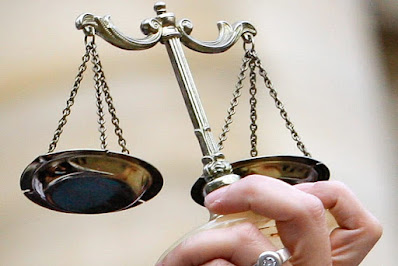What Is Equal Protection? Understanding Constitutional Equality
The Foundation of Equal Protection Clause
Equality is a fundamental principle enshrined in many democratic societies, ensuring that all individuals are treated fairly and without discrimination. In the United States, the concept of equal protection holds a crucial place within the framework of constitutional law. Rooted in the Fourteenth Amendment, the Equal Protection Clause plays a pivotal role in safeguarding the rights of every American citizen. This article explores the concept of equal protection, its historical context, its legal significance, and its ongoing relevance in shaping a more just society.
The Equal Protection Clause of the Fourteenth Amendment
The Fourteenth Amendment to the United States Constitution was adopted in 1868, with the primary goal of addressing the rights of recently freed slaves following the Civil War. Section 1 of the amendment includes the Equal Protection Clause, which states, "No State shall deny to any person within its jurisdiction the equal protection of the laws." The clause extends the principle of equality beyond race, encompassing all individuals and protecting them from unfair treatment by the government.
The Evolution of Equal Protection
Over the years, the interpretation and application of the Equal Protection Clause have evolved through judicial review and landmark Supreme Court decisions. One of the most significant cases in this regard is Brown v. Board of Education (1954), which struck down racial segregation in public schools. This decision laid the foundation for future cases that challenged discriminatory practices in various realms, including housing, voting rights, employment, and more.
Strict Scrutiny and Rational Basis Tests
The Supreme Court has established different standards of review when evaluating laws or governmental actions under the Equal Protection Clause. The two primary tests are the strict scrutiny test and the rational basis test. Strict scrutiny is applied when a law or action infringes upon a fundamental right or targets a suspect class, such as race or religion. To survive strict scrutiny, the law must be narrowly tailored to serve a compelling government interest. The rational basis test, on the other hand, is employed when the law or action does not involve a fundamental right or suspect classification. Under this test, the law is upheld if it is rationally related to a legitimate government interest.
Contemporary Issues and Equal Protection
Equal protection continues to be a cornerstone in addressing contemporary social and legal challenges. Issues such as gender equality, LGBTQ+ rights, immigration, and affirmative action have all been subjects of equal protection analysis in recent years. The Supreme Court's decisions on these matters have shaped public policies and influenced the ongoing struggle for equality and social justice.
Striving for Equality
While significant progress has been made in advancing equal protection rights, there is still work to be done to ensure that all individuals are treated equitably. The Equal Protection Clause acts as a safeguard against discriminatory practices, empowering individuals to challenge unjust laws and policies.




Post a Comment
0 Comments